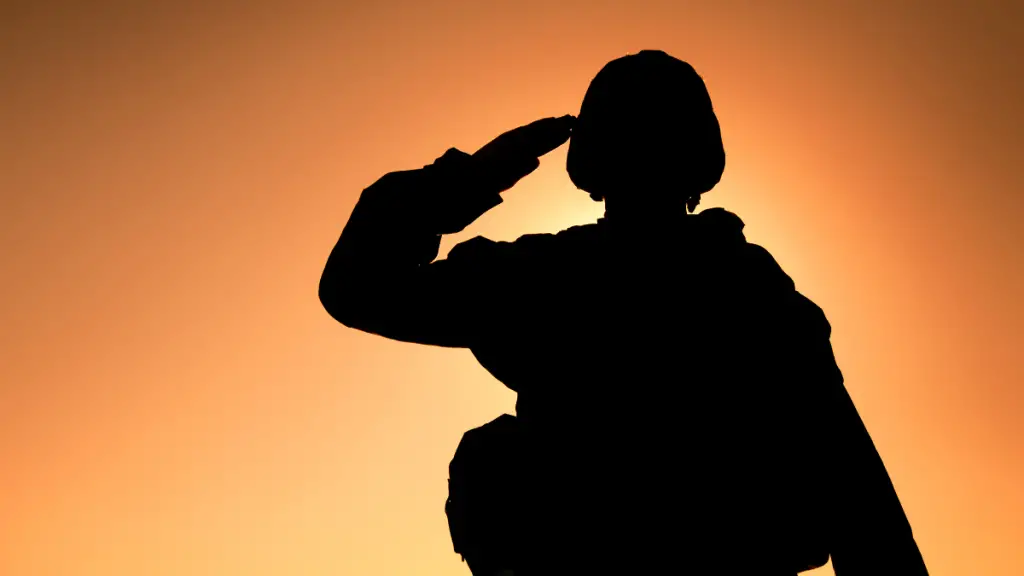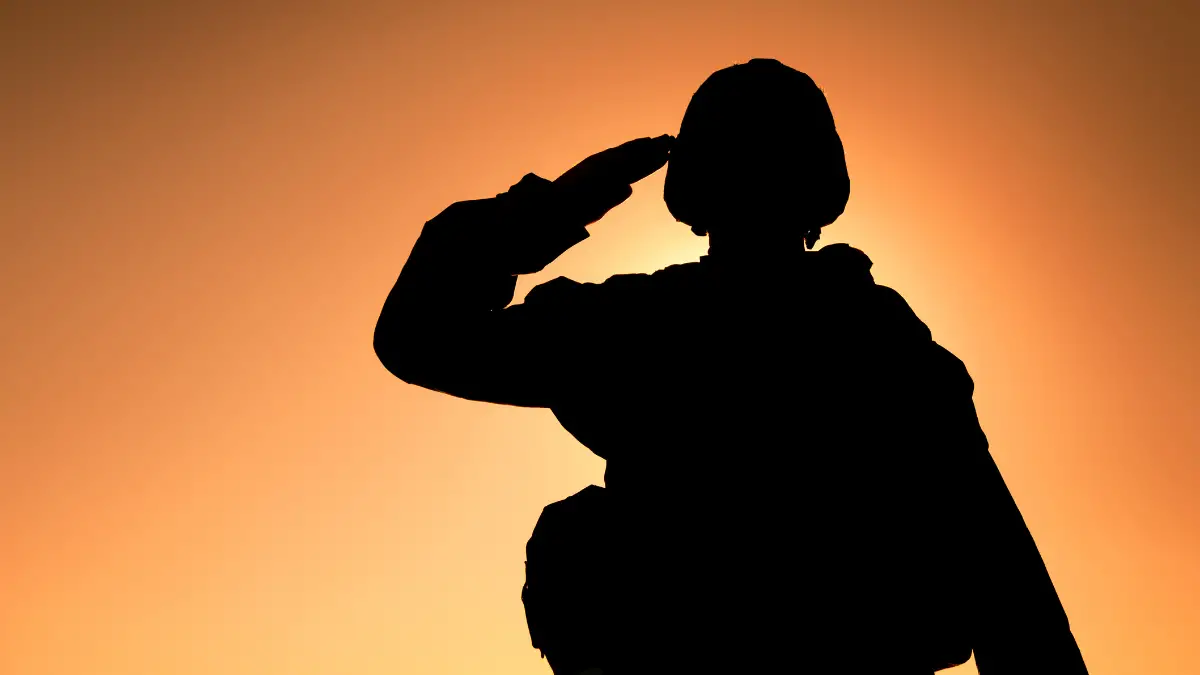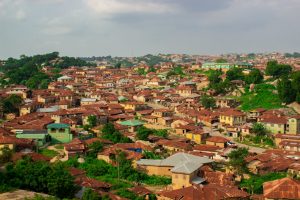Nigeria’s rich history cannot be told without including its political activities. Military rule in Nigeria has played a defining role in shaping the country’s political and economic landscape. Between 1966 and 1999, Nigeria experienced multiple coups and counter-coups, each playing a role in the country’s complex government structure. Despite the promises of the military government to uphold discipline and fight corruption, their rule always ends in a dictatorship rule, economic mismanagement, and human rights violations.
Understanding the history of military rule in Nigeria is important in appreciating its democratic progress. This article seeks to explore the timeline of the military regime, its coups, the motivation behind them, and the impact on the country’s governance.

The First Coup (January 1966) and Its Aftermath
On January 15, 1966, some young officers led by Major Chukwuma Kaduna Nzeogwu staged Nigeria’s first military coup. This coup was motivated by gross electoral misconduct, ethnic favoritism, and corruption. Kaduna felt that the only way to abolish corruption was to remove corrupt leaders. High-ranking political figures including Prime Minister Tafawa Balewa, Ahmadu Bello, and Samuel Akintola, were assassinated amongst others.
The coup didn’t take full effect allowing Major General Johnson Aguiyi-Ironsi to seize power and become the first military head of state.
Ironsi wanted to unify Nigeria so he abolished the federal system. This brewed further ethnic unrest as the Northerners saw this as an Ibo Power Play. On July 29, 1966, Northern officers launched a brutal countercoup, killing Ironsi and other Igbo officers. What began as a fight against corruption had spiraled into a deadly cycle of military takeovers.
The July 29, 1966 Countercoup: The Bloody Retaliation
The night of July 29, 1966, was one of vengeance. Northern soldiers were still angry at the first coup that took their leaders. They were bent on taking power back from the Ibo’s. Their main target was Major General Aguiyi-Ironsi. He was abducted in Ibadan alongside Lt. Col. Adekunle Fajuyi, the Military Governor of the Western Region. Both soldiers were brutally murdered and the score was even. Meanwhile, Ibo soldiers were hunted down and killed across army barracks. This counter-coup brought about the emergence of Lt. Col. Yakubu Gowon as the second military head of state in Nigeria.
This countercoup deepened the ethnic division leading to anti-Ibo killings throughout the northern states. Nigeria inched closer to an even deadlier conflict—the Biafran Civil War
The July 29, 1975 Coup: The Biafran Civil War
After the coup which brought Gowon to power, the Ibos were forced to flee the north as there was now an ethnic rift between the east and north. On May 30, 1967, Lt. Colonel Odumegwu Ojukwu, governor of the Eastern Region, declared Biafra’s independence. Gowon’s government responded with a military blockade which led to a full-scale war sending Nigeria into the deepest conflict.
Despite the strong resistance from the Biafran forces, The Nigerian government, with the help of international support overcame the Republic of Biafra. In January 1970, the Republic of Biafra surrendered and General Yakubu Gowon became a symbol of national unity.
Despite Gowon’s success in unifying Nigeria, he failed to return the country to civilian rule as he promised and corruption grew in his government. Whispered discontent about Gowon’s government failing to keep its promise spread in the military and On July 29, 1975, while Gowon was attending an Organization of African Unity (OAU) summit in Uganda, Brigadier Murtala Muhammed, alongside a group of young officers orchestrated a coup.
This coup was welcomed without resistance and there was no bloodshed, thus ushering Murtala Muhammed into power.
The 1976 Coup: The Assassination of Murtala Muhammed
Murtala Muhammed’s government was a promising one with efforts to reduce corruption. He made decisive policies to transform Nigeria like Moving the Federal Capital Territory to Abuja and pushing for a return to civilian rule. The rapid policies made some officers unsettled within the army.
On February 13, 1976, Lt. Colonel Bukar Suwa Dimka led a violent coup in Lagos. While Murtala Muhammad’s convoy was moving through traffic, a group of armed soldiers attacked him and gunned him down. Radio stations were taken over and announcements of the overthrow of the government were made.
However, the coup failed as Senior officers, led by Lt. General Olusegun Obasanjo and Lt. General Theophilus Danjuma quickly regained control and Dimka was captured. General Olusegun Obasanjo was sworn in as head of state and a mass arrest of perpetrators and conspirators was carried out reinforcing military rule but setting Nigeria on a new course toward democracy.
The 1983 Coup: The Fall of Shagari and the Return of Military Rule
After years of military rule, General Olusegun Obasanjo’s tenure ushered in civilian government with the election of Shehu Shagari as president under the National Party of Nigeria (NPN).
This government was filled with corruption and politicians enriched themselves with public funds. This starred up another coup. On December 31, 1983, Major General Muhammadu Buhari led a military coup, overthrowing Shagari’s government. The coup was swift and bloodless.
Buhari’s regime promised discipline and economic reforms but ruled with an iron fist. His government cracked down on corrupt politicians, journalists, and civil liberties. However, his strict policies and lack of political flexibility led to widespread dissatisfaction. Less than two years later, Buhari himself would be overthrown, continuing Nigeria’s cycle of military takeovers.
The 1985 Coup: Babangida’s Takeover
On August 27, 1985, discontent within the military led to the overthrow of Major General Muhammadu Buhari. This coup was orchestrated by Major General Ibrahim Babangida and its justification was as a response to Buhari’s rigid economic policies and authoritarian leadership. As usual, Babangida’s government made promises of economic and political reforms. He set up the Structural Adjustment Program (SAP) but soon, it too became corrupt. His government prolonged military rule delaying the return to civilian governance.
The 1993 Coup: Abacha Seizes Power
Following the annulment of the June 12, 1993 election, Nigeria plunged into chaos. Chief Moshood Abiola had won the presidency, but General Ibrahim Babangida refused to hand over power. After his resignation, an interim government was installed. This government was headed by Ernest Shonekan but this government lacked legitimacy.
On November 17, 1993, General Sani Abacha staged a bloodless coup and high jacked power. His rule became one of Nigeria’s most oppressive, marked by human rights abuses. His reign of terror lasted until his sudden death in 1998, leaving deep wounds in the Nigerian government.
The Return to Democracy in 1999
After Abacha’s death, General Abdulsalami Abubakar assumed power and unlike others, he swiftly relinquished power to civilian rule. Political prisoners were released, and a new constitution was drafted. On May 29, 1999, Chief Olusegun Obasanjo was elected as the Nigerian civilian president marking an end to military rule.
Conclusion
Between 1966 and 1999, Nigeria endured multiple coups and countercoups each with the promise of a corruption-free Nigeria. While military regimes claimed to restore order, they often suppressed democracy.
Today, Nigeria’s democracy is a product of its struggles under military rule. While challenges remain, the nation continues to strengthen its democratic institutions, ensuring that the era of coups remains in the past.





